Psychologist Javier Tomás explains which cognitive functions we use in video games such as Pac-Man.
Everyone knows the game. The objective is simple. A yellow ball with a life of its own must eat all the yellow pellets without being caught by the ghosts. To achieve this it has the help of special pills that allow it to become invincible and eat the ghosts’ clothes (a good analogy for consciousness: a ghost without clothes –without a body– cannot do anything). The gentleman (or thing) is called Pac-Man because in Japanese the onomatopoeia for chewing is Pac-Pac. Its design is based on a pizza with a slice removed.
Pac-Man is one of the origins of what we do today at NeuronUP: games that aim to be playful but whose purpose is rehabilitative. Unlike Pac-Man, a playful game that on some occasions has been used as a rehabilitative method (and which lacks variables designed for that purpose). Nevertheless, there are basic cognitive processes that we can rehabilitate with Pac-Man.
Cognitive processes to rehabilitate with Pac-Man:
- Processing speed.
- Sustained attention, since the user must maintain a level of arousal to play the game.
- Selective attention: since once the game has started the player must choose (we will delve into this point later) which spatial point to move to.
- Alternating attention: the player must watch the ghosts. Not only to later calculate the chances of escaping, but to establish the “escape” route.
- Spatial location. Not only on the board. In Pac-Man we must make inferences about the place -the opposite side of the screen- where we will appear. At this point, it would be interesting to ask: what if we designed a Pac-Man in first-person view? We would see walls and would have to establish much more complex spatial relationships. In addition, we make inferences that mix the route with speed and the remaining space (before a ghost catches us).
But in addition to these basic processes there are others with higher executive demand. Some are more automated than others (executive processes do not always require conscious control).
Example of other Pac-Man processes with higher executive demand:
- Temporal estimations: How long the immunity pill lasts (try playing a version of Pac-Man without auditory or visual cues). Or how long it takes the ghosts to return from the wardrobe.
- Cognitive set shifting: It’s very interesting to see perseverations in patients who play Pac-Man and are unable to change strategy. Usually in the game there is a point at which you must decide:
“If there is a ghost (or several) near me, I FLEE or I WAIT –depending on the ghost’s algorithm– provided the power pellet is not close enough”.
- Estimation of possibilities: This is where we all fall. When we estimate that we will reach a point but the ghosts catch us (because we miscalculated the probabilities, because the ghost changed its plan of action, or because a new variable –another ghost– joins to attack us). This decision is made at the intersections of the game. Hence why cognitive set shifting and flexibility are important.
- Planning: It makes us choose strategies for structuring space based on the pellets and lives we have. We also establish general action plans to clear the screen.

Subscribe
to our
Newsletter
How can we improve the working memory with this game?
Besides involving most of the functions mentioned, working memory updates our state constantly on the screen and selects action plans. If we fail, it analyzes the error we made to establish new action guidelines.
The ghosts were programmed with different algorithms to “attack” Pac-Man from different positions. In many levels they go directly towards Pac-Man in this different but staggered way. In other cases they are distributed in the four corners of the screen.
There are moves we can anticipate. If we know that an orange ghost never attacks from one side, we can predict that the most appropriate option is for that ghost to finish its move and wait. Do we then endow the ghosts with personality? An interesting question that can be transferred to real life: are we humans algorithms that change in a moderately stable way? Mr. Iwantani, the game’s creator, states that the ghosts were built for that purpose. In fact, we compete against the machine, personalized in the ghosts. Perhaps the objective of the game (at least one of the solving strategies) is to discover the characteristic patterns of each of the ghosts.
If you fail, you go back a level
Another key concept in Pac-Man (in its original versions) is that if you fail a level you start from a lower level (and in other versions, you start the new life with the pellets you have left). Interesting, to say the least. We also conceive this idea applied to computer-based rehabilitation, since by starting at a lower level the feedback given to the patient is positive (it is more likely that they will succeed at a lower level), and therefore it does not generate as much frustration, but rather motivates.
In fact, the introduction of fruit would be a variable that could affect the objective of the game. The user may ask: what is my objective, to play without considering the fruit bonuses or to aim for the highest possible score? This strategic plan is the same for the ghosts: do I eat them as I clear the screen or do I go straight after them?
Improvement of cognitive functions: attention and working memory
These decision patterns are probably not fixed. Currently there are some open lines of research with “fuzzy” artificial intelligence systems that aim to imitate the human way of thinking –which is not entirely logical–. As for the neuropsychological studies that have been carried out, the most important conclude that it improves reaction times in healthy subjects and attention, spatial location and working memory in subjects with cognitive impairment. The effect does not extend to other areas such as executive functions.
To finish, I leave you an alternative conceptualization of the game in which Pac-Man is the astronaut Peckmann, trapped in his labyrinthine ship.
Have a good weekend!
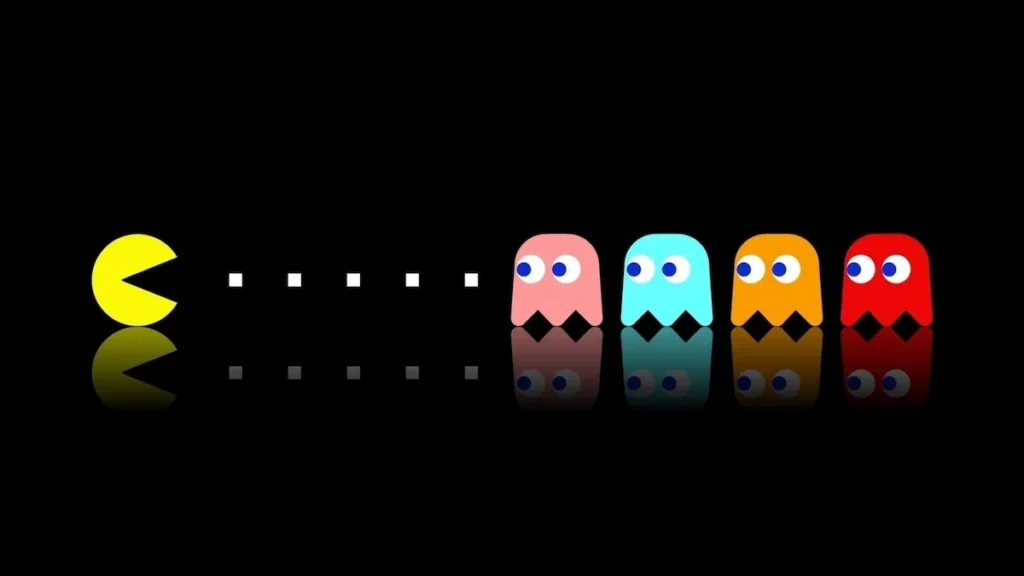
If you liked this article about cognitive functions and Pac-Man, you may also be interested in the following articles:
“This article has been translated. Link to the original article in Spanish:”
¿Qué funciones cognitivas ponemos en juego con el Pac-man?
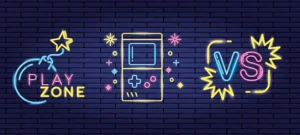

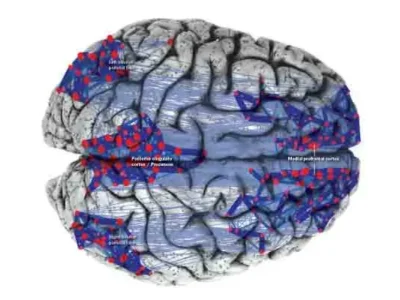
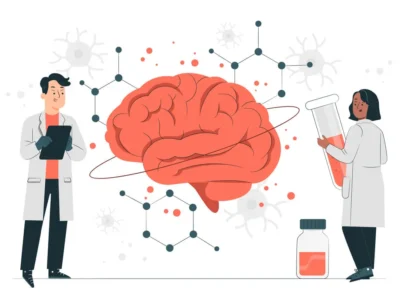
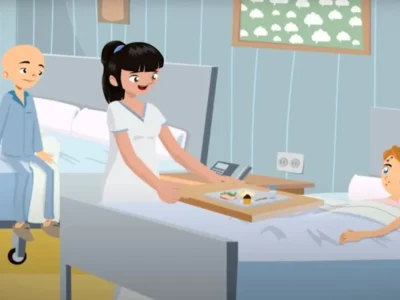
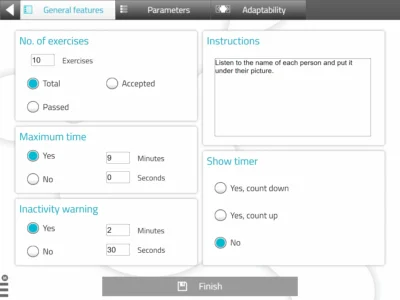

 4 Uncommon Causes of Stroke
4 Uncommon Causes of Stroke
Leave a Reply